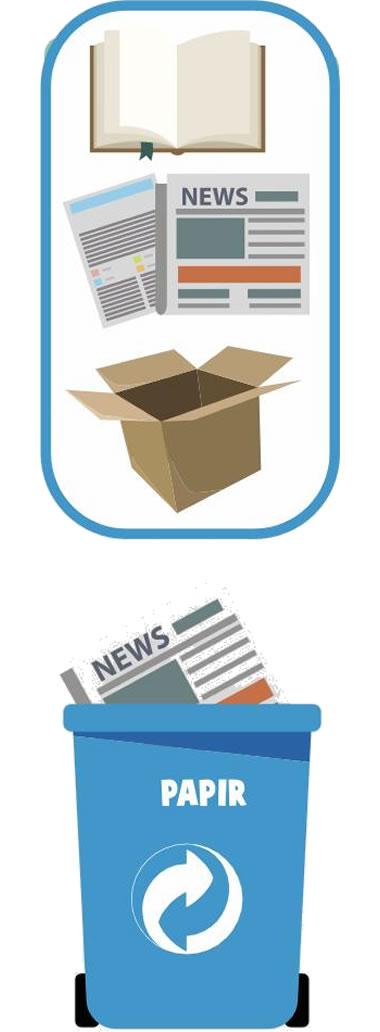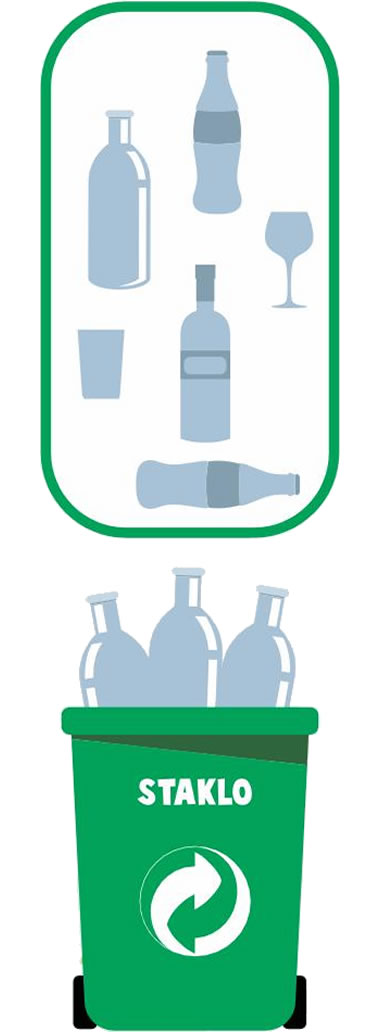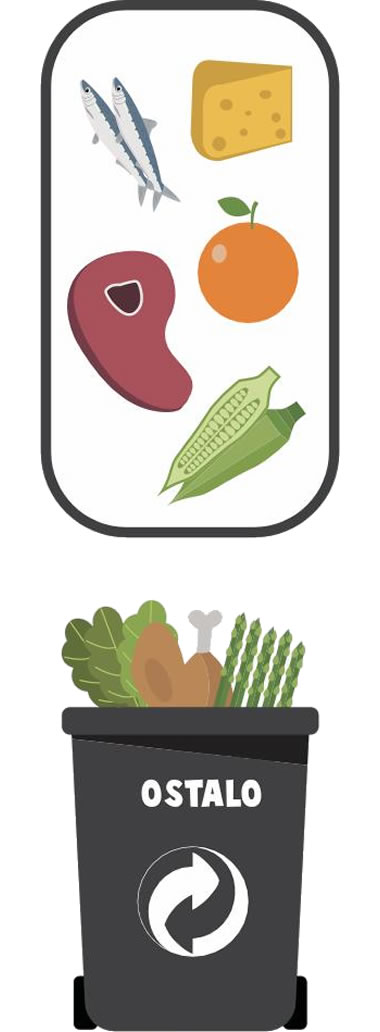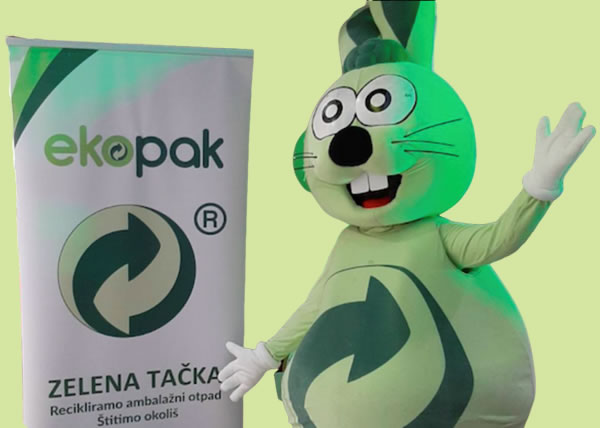Recycling is …
Recycling is the process of converting products (e.g., packaging) into useful raw materials that can be used to manufacture new products. After collection, packaging waste is transported to secondary raw material processing facilities, where it is processed and given new value.
Secondary raw materials are then used either to produce the same type of products from which they originated or to create specific new products. In any case, they replace natural (primary) raw materials.
The Recycling Process
- 1
STEP: Separate collection of packaging waste
- 2
STEP: Collection
- 3
STEP: Sorting
- 4
STEP: Delivery for recycling
Did You Know?
- A plastic bottle you discarded today will continue to exist until the year 2474.
- Making a plastic bag takes about one second, its usage lasts 15 minutes, and its decomposition takes 10 to 1,000 years.
- Air pollution contributes to 7 million deaths per year, while climate change-related diseases may claim around 250,000 lives annually.
- A glass bottle takes 1,000,000 years to decompose.
This can change – LET’S RECYCLE!
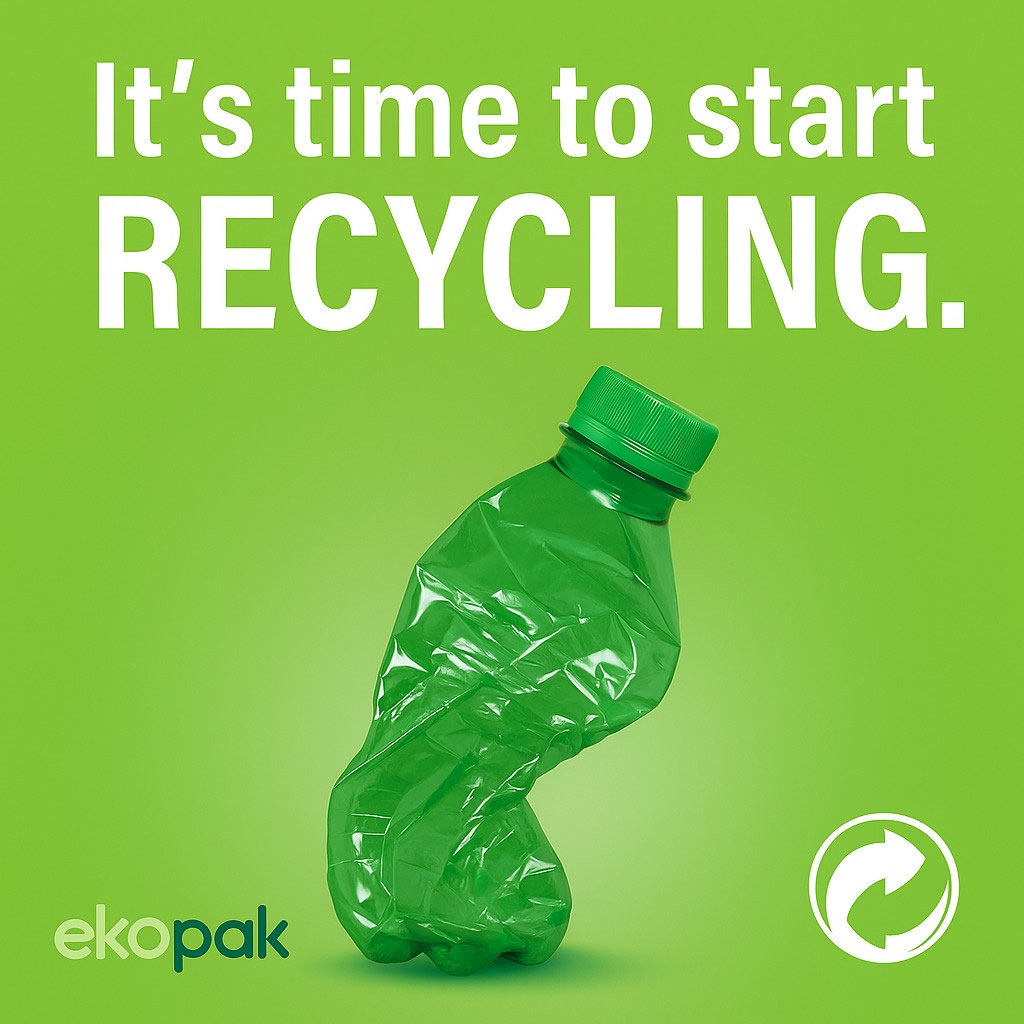
Benefits of Recycling
The benefits of recycling go far beyond the obvious — protecting the environment and improving quality of life. Recycling also helps reduce the amount of municipal waste sent to landfills.
Some practical examples of recycling impact
Symbols and Hazard Symbols on Products / Packaging
In the Federation of BiH, the Rulebook on the Form, Content, and Procedure for Notifying Important Characteristics of Products and Packaging by Manufacturers (Official Gazette of the Federation of BiH, No. 6/08) is in force. This rulebook explains how to label important product and packaging characteristics from the perspective of waste management. The rulebook is available HERE.
What Goes in My Bin?
Learn more about which packaging goes into which bin — and remember, when it comes to recycling, packaging must be clean, dry, and separated (it should not be packed inside other packaging).
